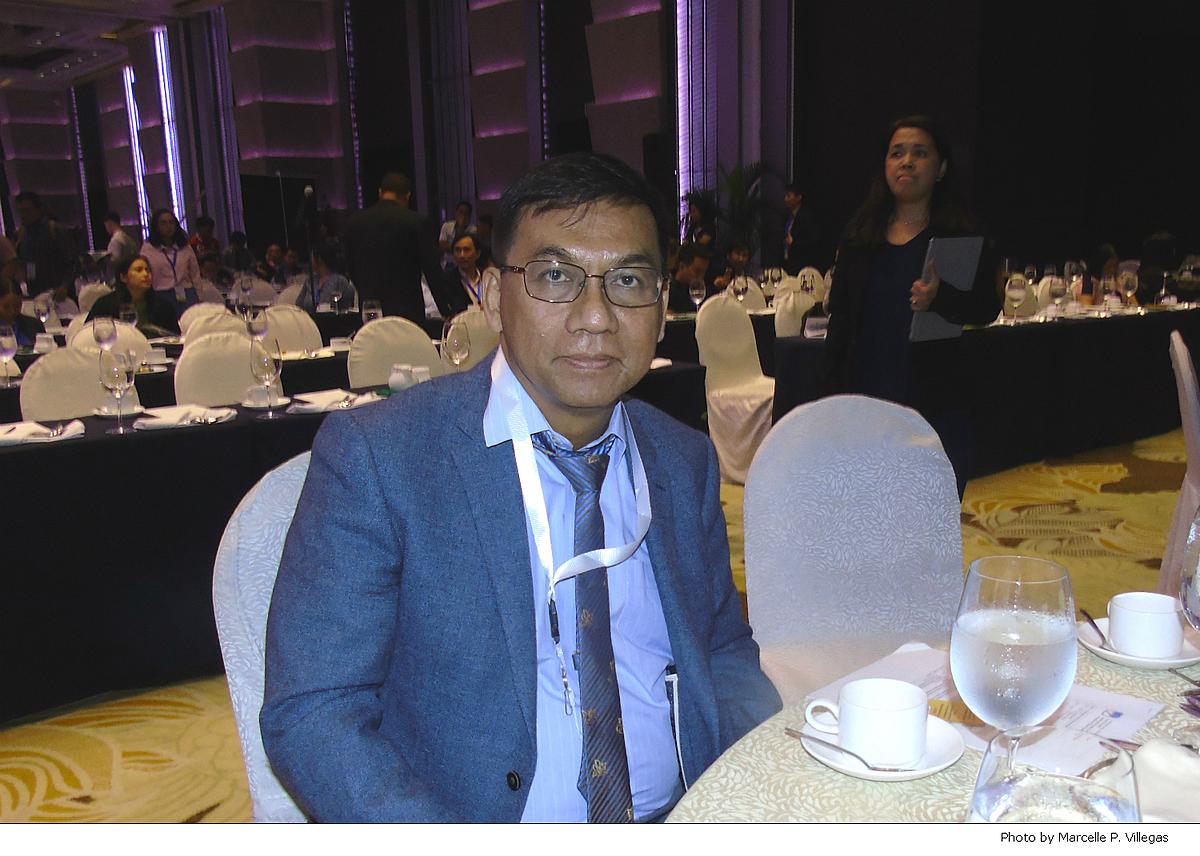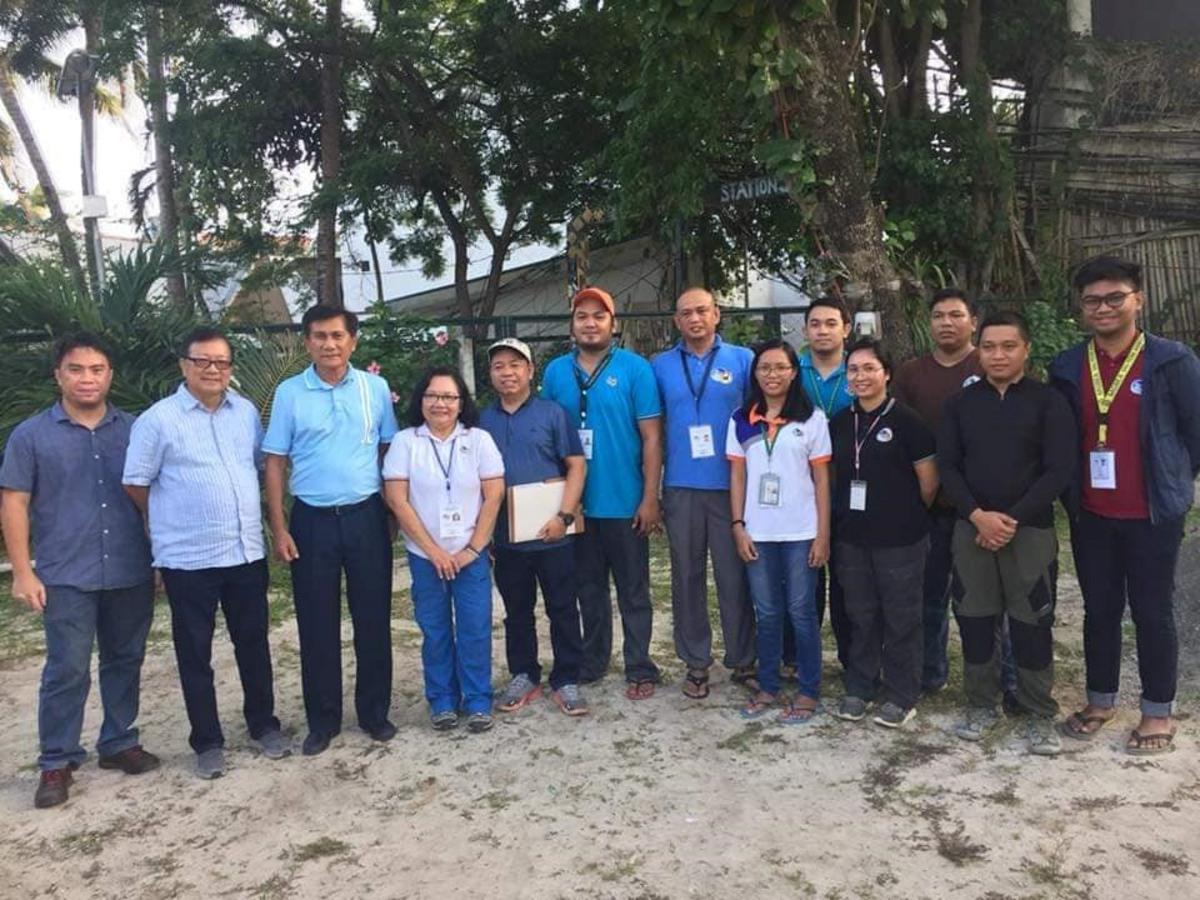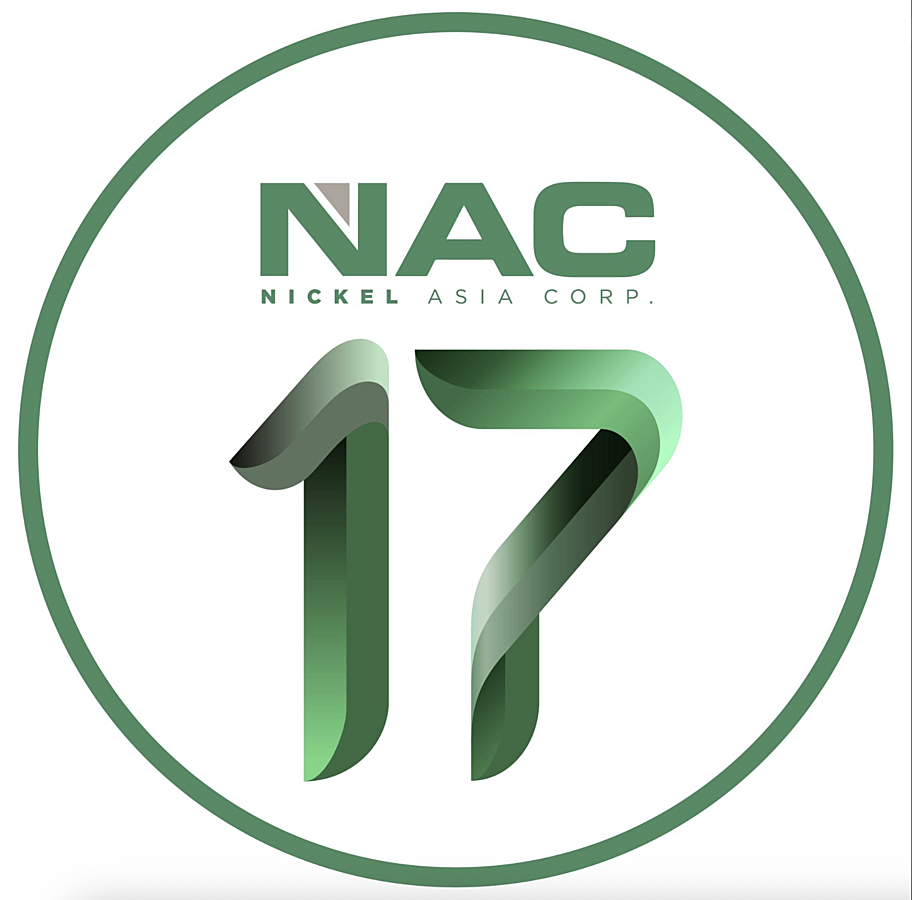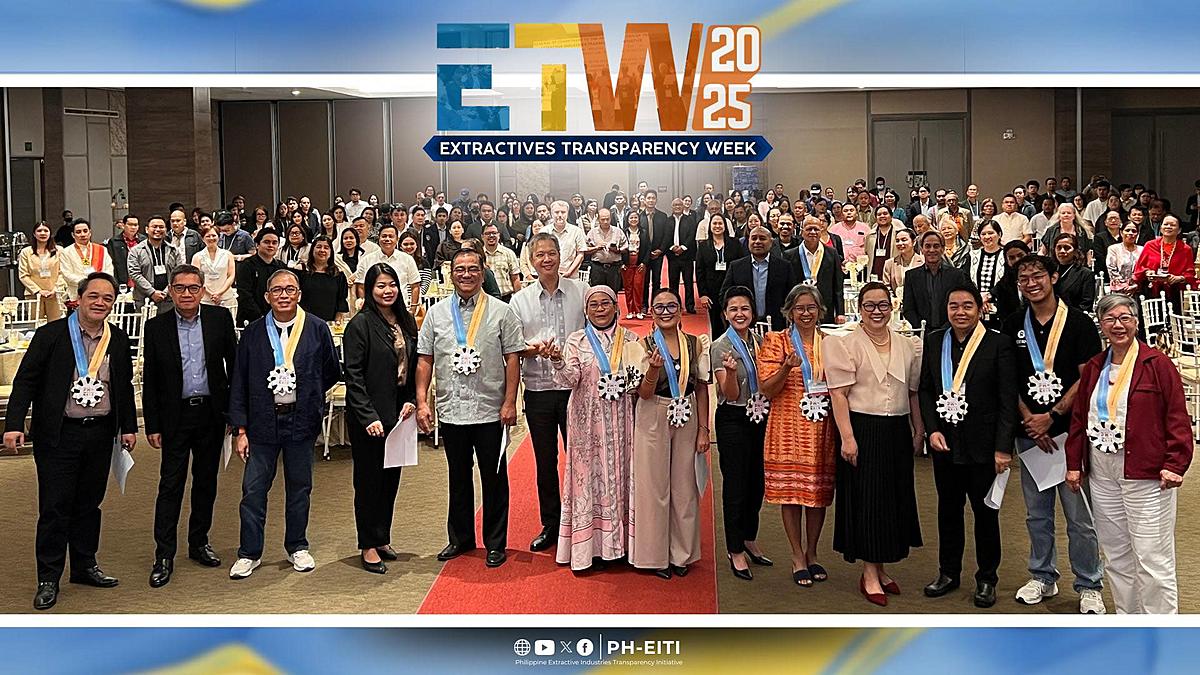Dr. Renato U. Solidum, Jr., Undersecretary for Disaster Risk Reduction and Climate Change of the Philippines, Department of Science and Technology (DOST). He is also the Officer-In-Charge of the Philippine Institute of Volcanology and Seismology (PHIVOLCS) [Photo by Marcelle P. Villegas]
MANILA HOTEL, 11 December 2018 -- It was the first day of GEOCON 2018 by the Geological Society of the Philippines. During the event, Philippine Resource Journal has this exclusive interview of Dr. Renato U. Solidum, Jr. regarding his scientific views regarding Boracay’s water and beach pollution. This is one of the most conspicuous environmental issues of this famous beach.
Dr. Solidum is the Undersecretary for Disaster Risk Reduction and Climate Change of the Philippines, Department of Science and Technology (DOST). He is also the Officer-In-Charge of the Philippine Institute of Volcanology and Seismology (PHIVOLCS) where has worked since 1984 and became its Director in 2003 up to February 2017.
During the interview, he mentioned an important aspect of marine biology and ecology that most people are unaware of. He explained how the chemicals from shampoos and soaps are not merely chemical pollutants but as well as substances that cause disorder in the equilibrium of the marine ecosystem. This imbalance eventually triggers more pollution in the sea and coastline. “Well, essentially the problem in Boracay and many other beaches is that people are not aware that the normal things that they do might actually harm the environment. They need to be educated on why this is so.”
“For example, let me just say going back to Boracay, that the prime resource of Boracay is the white beach sand. However, people do not know, especially the tourists or even the locals, that the beach sand is not provided by the erosion of the limestone of Boracay. It is actually provided by the corals growing on the water, and so the breaking up of the corals provide the beach sand. Also, the corals actually serve as barrier in the shoreline from strong waves that can cause erosion.”
Regarding the types of wastes found in the water and beach, he adds, “The problem is, due to the rapid utilization of Boracay and the untreated waste, the waste can be of several forms. One is the actual waste that would go down on the septic tanks or not at all. Another is simply the washing of our own bodies and clothes using shampoo and soap. Shampoo and soap for example have phosphorus. Phosphorus is part of the fertilizer. So if it reaches the water, that would cause the proliferation of the algal growth of the blue-green algae.”
In Biology, blue-green algae are also knowns as Cyanobacteria or Cyanophyta. These are a group of plant-like bacteria capable of photosynthesis. Blue-green algae have a symbiotic relationship with other organisms in the aquatic environment and have many important functions in the environment. One of them is nitrogen fixation in the atmosphere which assists plants in creating proteins and nucleic acids which are essential for a plant’s survival. However, moderation is vital to maintain balance in nature. Therefore, a rapid, abnormal growth of the blue-green algae causes pollution. This is called “algal bloom” where the sea water is dominated by blue-green algae. These blooms can be toxic and can lead to closure of beaches.
Moreover, Dr. Solidum explains how algal bloom can be destructive, “The sign of pollution is not only the fecal coliform which you don't see, but if you see that there is blue-green algae [in the water], then that's polluted.” In this statement, he is referring to an algal bloom which is manifested by greenish scum visible in the water. Fecal coliform on the other hand are microscopic organisms which are not visible to the naked eye. Both algal bloom and fecal coliform presence in the water are toxic and unsafe for drinking or swimming.
How does an algal bloom affect the coral reefs? “When the blue-green algae grow, they would suffocate the corals or will cause the corals to die. And so, if corals die, they won’t be able to produce the sand grain to preserve the beach. Then the stronger waves shall now reach the beach and can cause further erosion. So in the past two decades, Boracay has been eroded by 40 meters,” said Dr. Solidum.
“Actually the move of the President and the Government and supported by everyone to close Boracay and treat the water are very good but that has to be maintained. People have to play their part. From the presentation [in GeoCon 2018 about sand and water pollution in Boracay], there are three E's in this kind of job. One is Engineering Solution -- you have to treat the water… or somewhat related, Bioengineering. It is not simply the septic tank hard core but there can be bioengineering.”
“Second is the Education -- how people should contribute so that pollutants will not reach the ground or the water, and three is the Enforcement. This refers to the regulatory actions.”
“Therefore, education is key because everyone has to play a role. If people are not educated as to the cause of the pollution and to the effect of the pollution, people will take things for granted. So it starts from education. Sometimes people will take shower around the beach and wash their clothes with soap or use shampoo and that's dangerous. And people do not know. I was actually the one who briefed the National Disaster Risk Reduction Management on the reason why shampoos and soaps should not be used while in the beach or water. These findings are done by the specialists and not by me. I learned it (algal bloom effect) from them.”
Dr. Solidum is the Chairperson of GeoCon 2018 from which he his message, “There are many differences in our focus of work or interest but when GEOCON comes, this event allows us to share what we have learned from our studies or gain new knowledge from others. It brings to light what we think will be relevant to us and our fellow geologists. It is a venue for highlighting opportunities and bridging gaps and interests for the benefit of our profession and society.”
Dr. Solidum has a degree in BS Geology from University of the Philippines, finished his M.Sc. in Geological Sciences from the University of Illinois, Chicago, plus his Ph.D. in Earth Sciences from the Scripps Institution of Oceanography, University of California, San Diego, CA.
In recognition of his contribution to disaster risk reduction in the Philippines, Dr. Solidum has several notable awards such as the Presidential Citation for Public Service, the Presidential Lingkod Bayan Award (Civil Servant) by the Civil Service Commission, the Professional of the Year in the Field of Geology by the Professional Regulation Commission (PRC), the Excellence Award for Government Service by the Philippine Federation of Professional Associations and the Presidential Career Executive Service Award by the Career Executive Service Board.







